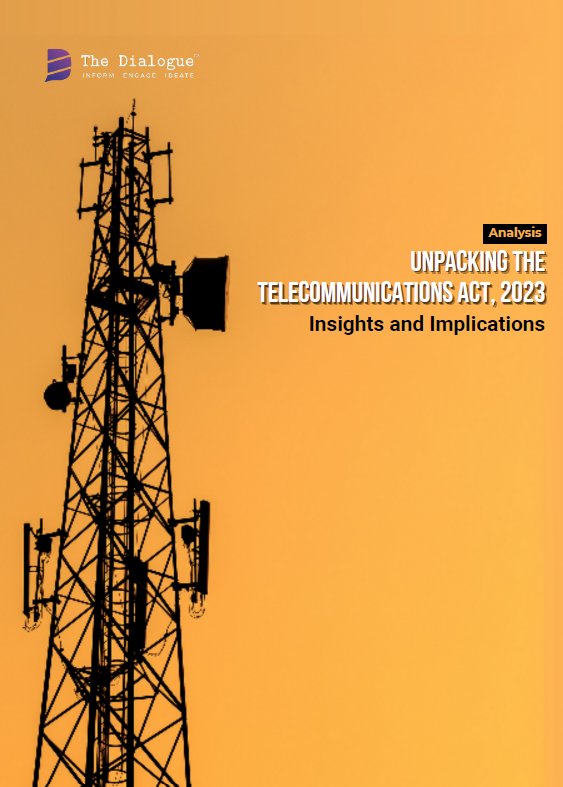OVERVIEW
The 2023 Telecommunications Act marks a significant shift in India’s telecommunications legislation, replacing outdated laws and ushering in a transformative era. This comprehensive legislation aims to boost innovation and efficiency in the sector.
The analysis critically examines the Act’s exclusion of Over-The-Top (OTT) platforms from ‘telecom services,’ signaling a sector-specific regulatory direction. However, the Act’s broad definitions of ‘telecommunication’ and ‘message’ pose potential risks if applied to OTT platforms, potentially conflicting with its intended scope.
Noteworthy changes include the Act’s extension of jurisdiction beyond Indian territory, addressing legal gaps in extraterritorial application. In the regulatory sphere, the Act introduces a forward-looking regulatory sandbox and establishes the Digital Bharat Nidhi to enhance telecom access in underserved areas.
Transitioning from licensing to authorization, the Act retains government control over telecom services, escalating penalties for non-compliance. The analysis covers user-centric aspects, such as specified messages, biometric mandates, and accurate information provision, crucial in India’s evolving cyber landscape.
Examining public safety and national security, encryption standards, and message interception, the analysis emphasizes the need for clear legal definitions to safeguard individual rights. The Act’s digital dispute resolution framework reflects a commitment to modernizing grievance redressal.
Concluding with an evaluation of revised offenses and penalties, particularly in SIM card Rules and anti-fraud measures, the analysis provides a comprehensive review of the Telecommunications Act, 2023. While pivotal for modernization, the Act presents challenges and ambiguities requiring careful consideration and clarification.
To read further, access our publication here.
